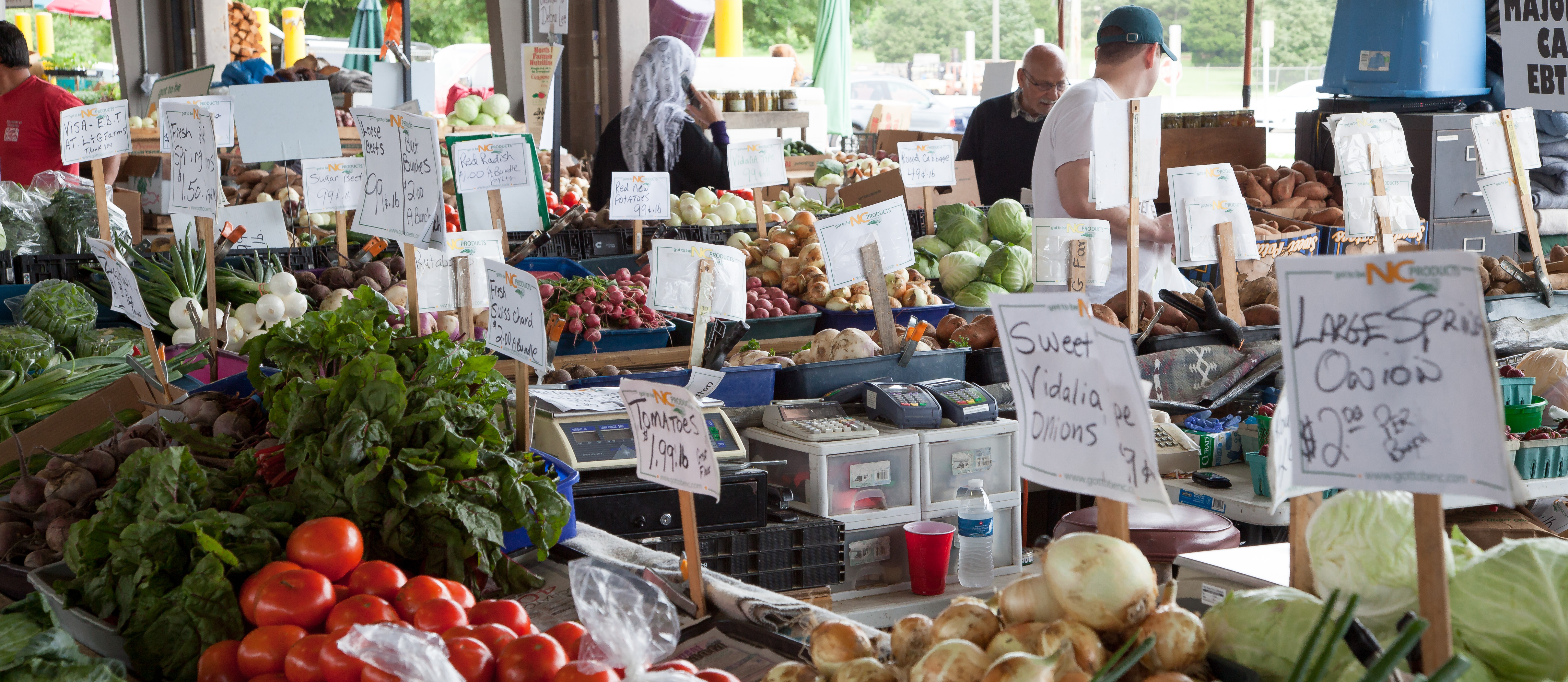National Farm Market Impacts from Covid
National Farm Market Impacts from Covid

A Fall 2020 national survey conducted by the Farmers Market Coalition of farmers market managers starts to provide a glimpse into some of the winners and losers in farmers markets across the country. Farmers markets have been important venues for small vendors and localized food systems, often providing a diversity of kinds of vendors participating. In 2020, Covid impacts were felt almost immediately as markets were just preparing to open in the Spring. States scrambled to develop policies about essential businesses and how consumers might be able to gain access. Farmers markets, because they have emphasized food retailing, and also because they were an important access point for some low-income consumers, were typically provided some exemptions for remaining open. Strong social distance requirements were typical, leading to innovations around online ordering, curbside pickup, and pre-packed market boxes.
The survey included responses from 461 market managers that typically represented networks of farmers markets, reporting on observations of revenue changes for over 8,000 vendors nationally. Year over year sales estimates were provided for the three-month period of June, July, and August 2020 to the same three-month period in 2019. Sales impacts were significantly different, as one might expect, for food-related vendors – primarily selling produce and meat/dairy. While sales of value-added products, flowers, and craft & artisan products were notably down.
| Vendors reporting decreased sales | Vendors reporting increased sales | |
|---|---|---|
| Fruit and Vegetable | 1035 | 1433 |
| Meat and Dairy | 444 | 786 |
| Value added products | 1218 | 797 |
| Flowers | 467 | 342 |
| Artisanal products and crafts | 1409 | 430 |
While food product vendors saw increased sales more frequently, as interest in local food sources and food access increased, a significant number of food vendors were also reporting losses. Losses were more likely with non-food vendors, in many cases because they were more limited in their access to sell at markets as non-essential ventures.
Farmers markets have played an increasingly important role in food security and this was increasingly evident during the pandemic. Almost 3 times as many market managers reported increases in SNAP sales in their market networks as those that reported decreases. This clearly tells part of the story for food vendors and increased demand in these spaces, but also highlights again the concerns around food insecurity during this period and the important contributions to access provided by these markets.
SNAP Sales for the time period of JUNE, JULY, and AUGUST 2020
| Frequency | % | |
|---|---|---|
| Increased | 182 | 39.48 |
| Decreased | 66 | 14.32 |
| Same | 29 | 6.29 |
Additional analysis is forthcoming on these data that will look at urban vs rural responses, responses by state policies regarding farmers markets, and other impacts of covid on market vendors specifically. Further information on the survey can be found at the Farmers Market Coalition website and the USDA-AMS Local Food Systems Covid Impacts project.
Recommended Citation Format:
Woods, T. and M. Zare. "National Farm Market Impacts from Covid." Economic and Policy Update (21):4, Department of Agricultural Economics, University of Kentucky, April 29, 2021.
Author(s) Contact Information:
Mahla Zare | Ph.D. Student | mahla.zare@uky.edu
